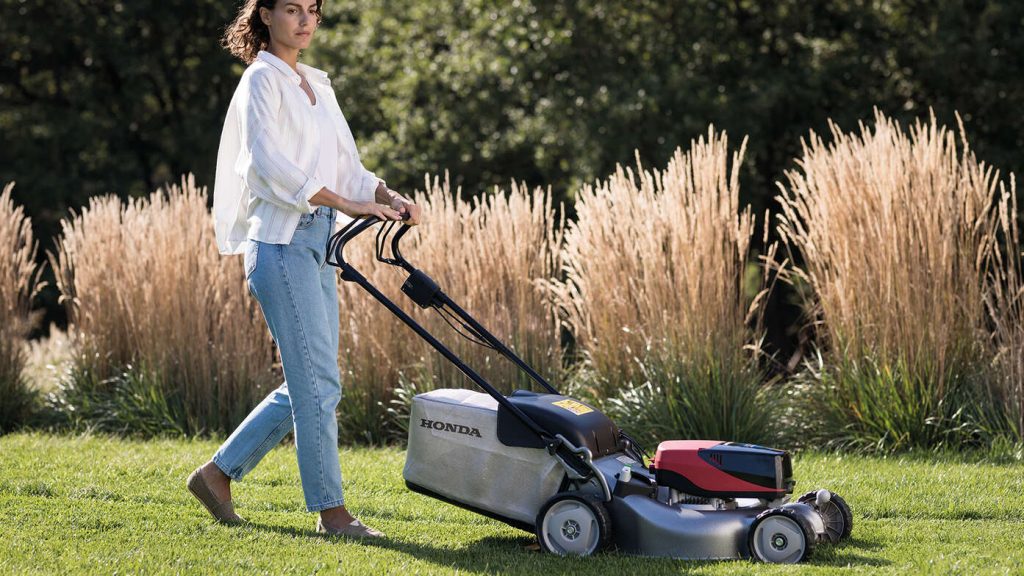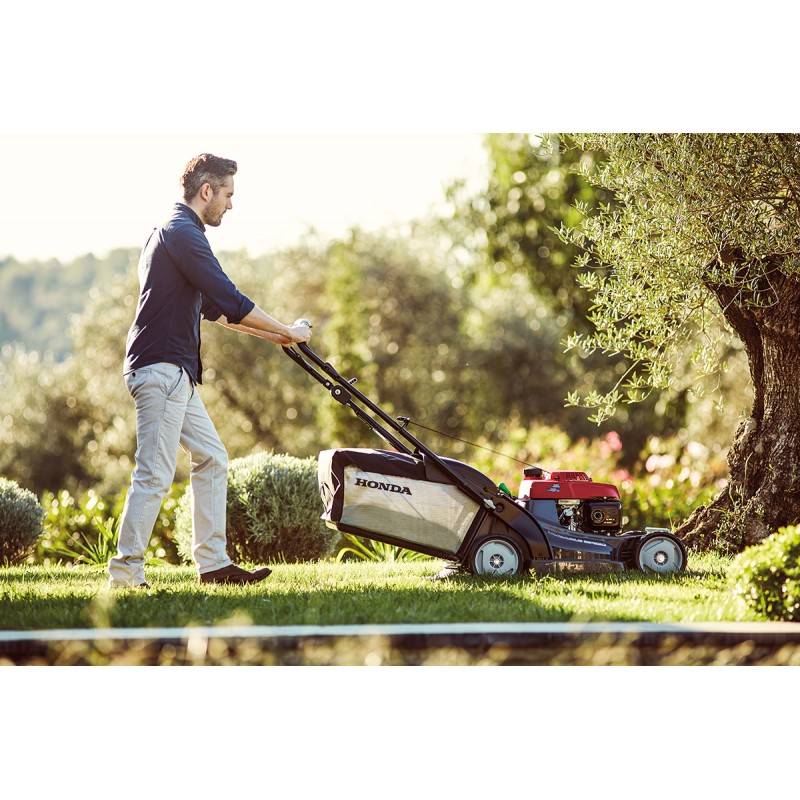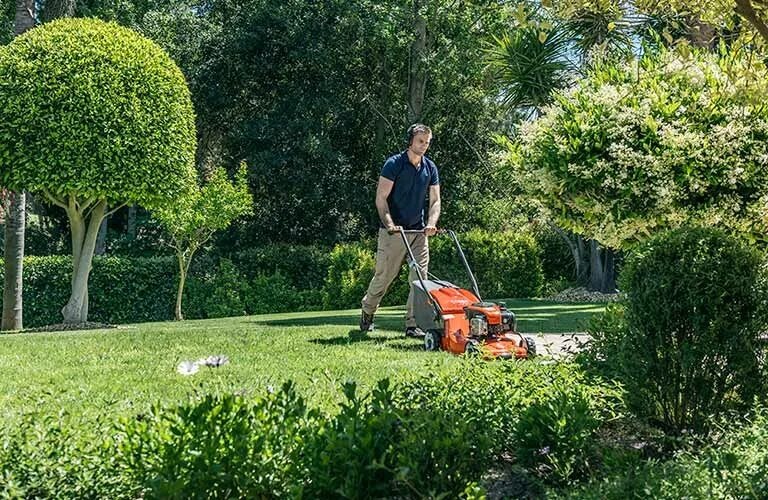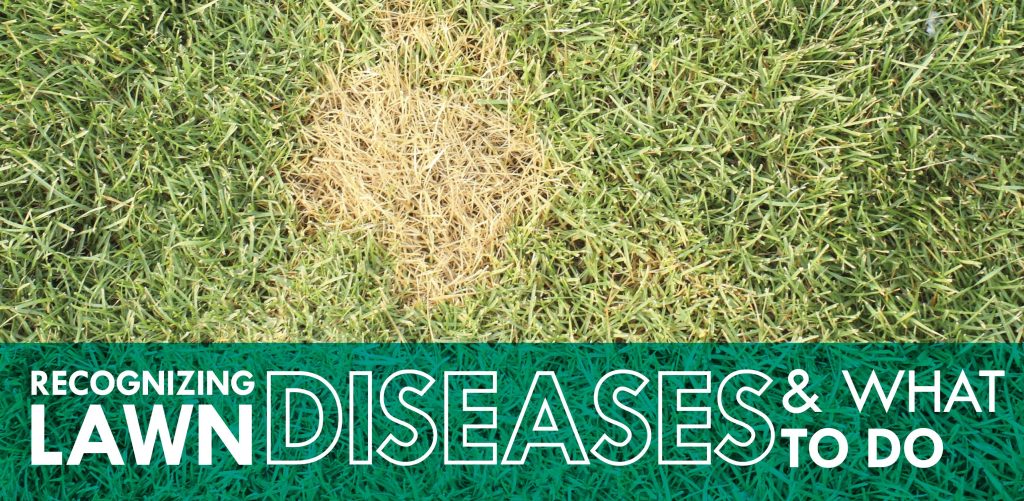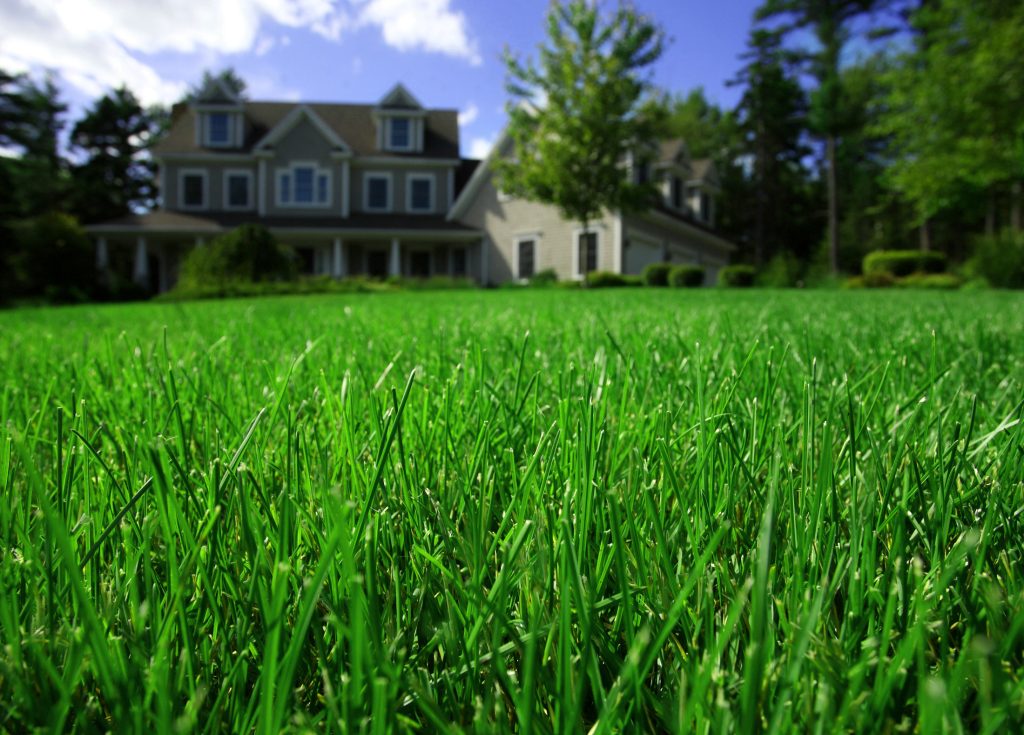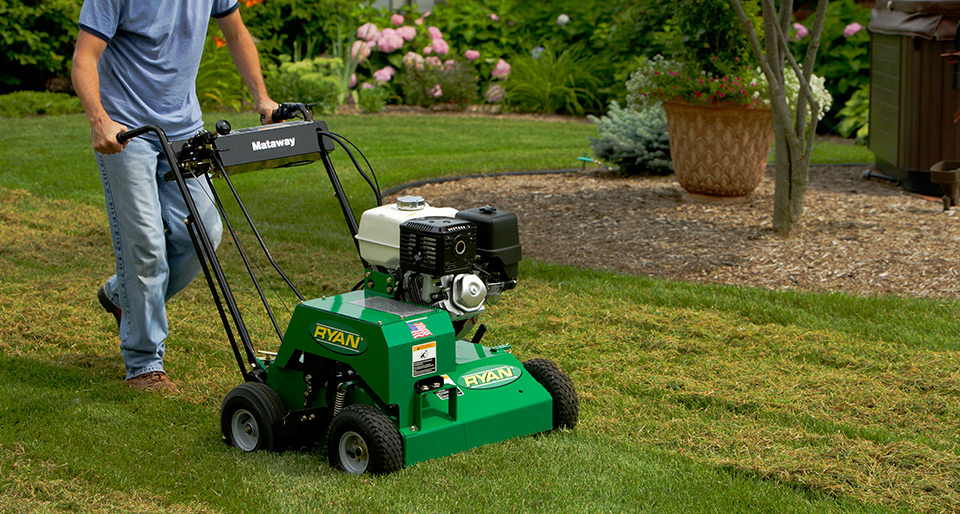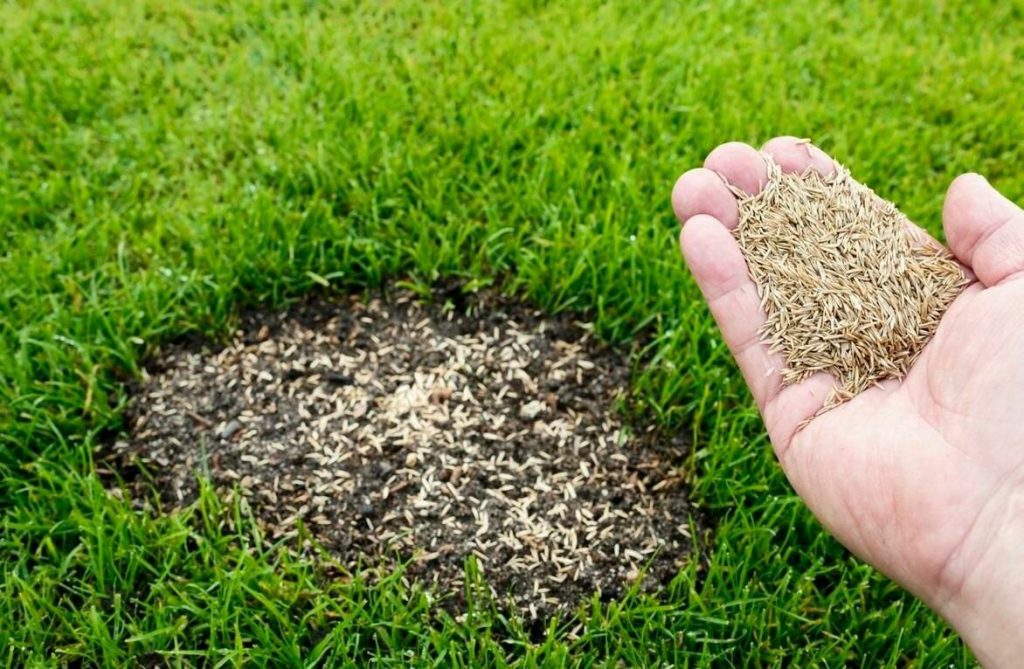If you’ve ever walked across your yard in Indiana and noticed an orange powder on your shoes, you might be dealing with lawn rust. While it might sound like something that would damage a car, lawn rust is actually a common fungal disease that affects grass especially in Indiana’s humid, variable climate. Though not usually deadly, it can weaken your lawn, make it more vulnerable to other diseases, and leave it looking patchy and unattractive.
Understanding what lawn rust is, what causes it, and how to treat it is key to maintaining a healthy, green lawn throughout the growing season.
Causes of Lawn Rust
Lawn rust is a fungus, caused primarily by the Puccinia and Uromyces species. In Indiana, the conditions that contribute to its spread are all too common: warm days, cool nights, and high humidity. Add in poor lawn nutrition, and you’ve got the perfect recipe for rust to take hold.
Weather Conditions
Lawn rust tends to flourish when there’s a combination of moist conditions followed by periods of dryness. This is typical of early spring and late summer in Indiana. Heavy dew in the morning followed by sunny afternoons encourages the spores to germinate and spread.
Poor Lawn Nutrition
A lack of nitrogen in your soil makes grass weak and more susceptible to diseases. Rust fungi are opportunistic they thrive when the turf is undernourished and stressed.
Susceptible Grass Types
Certain grass varieties are more prone to rust than others. Kentucky bluegrass, perennial rye grass, and tall fescue all commonly found in Indiana lawns are particularly vulnerable.
Lawn Rust Treatment Methods
If you’ve already spotted rust on your lawn, don’t panic. Treatment is straightforward and effective when done properly.
Fertilize the Right Way
One of the most effective ways to combat lawn rust is by applying a nitrogen-rich fertilizer. This strengthens the grass, helping it to outgrow the fungus. However, don’t overdo it excess nitrogen can stress the lawn in other ways and even promote different types of fungi.
Proper Mowing
Keep your lawn at an ideal height usually between 2.5 and 3.5 inches depending on the grass type. Dull mower blades can damage the grass and worsen fungal problems, so make sure to sharpen them regularly.
Water Smartly
Water early in the morning to give the lawn time to dry out during the day. Watering at night leaves the grass damp for too long, promoting fungal growth. Also, ensure you’re watering deeply but infrequently shallow, daily watering creates surface-level moisture that rust loves.
Anti-Fungal Treatments
In cases of severe infection, you may need to apply a fungicide. Look for one labeled for lawn rust, and follow the manufacturer’s directions closely. Systemic fungicides are often more effective than contact sprays, as they help protect new growth.
Preventing Future Outbreaks
Once you’ve dealt with rust, it’s important to prevent it from coming back.
Seasonal Lawn Care
Have a lawn care plan tailored to Indiana’s climate. That means feeding your lawn in the spring and fall with a balanced fertilizer and maintaining a mowing and watering schedule that supports healthy, dense growth.
Aerate the Soil
Compacted soil limits oxygen and water flow to grass roots, which stresses the lawn and makes it more susceptible to disease. Core aeration every fall can go a long way in keeping your lawn rust-free.
Overseed When Necessary
Overseeding helps thicken your lawn, filling in bare spots and choking out fungal spores before they can spread. Choose disease-resistant varieties when seeding for added protection.
Let Us Help You Take the Rust Out of Your Lawn
Notice orange spots on your lawn? Don’t let rust take over your curb appeal. At C&L Lawn Care, we’ve helped hundreds of Indiana homeowners fight lawn rust with proven, eco-conscious solutions. Let our team bring your lawn back to life call us today or schedule a free lawn assessment online.
Frequently Asked Questions
Can lawn rust kill grass?
Lawn rust itself doesn’t usually kill grass, but it can weaken it significantly. When grass is compromised, it becomes more vulnerable to other diseases and pests. Prolonged fungal issues can lead to thinning or patchy lawns over time if not treated.
Will fertilizing too often cause rust?
Too much fertilizer, especially if applied incorrectly, can stress your grass and create imbalances in the soil. This can, in turn, make the lawn more vulnerable to diseases like rust. Always follow a proper fertilization schedule and consider a soil test to guide your lawn care decisions.
Keep Your Lawn Lush, Not Rusty
Lawn rust might be common in Indiana, but it’s far from unbeatable. By understanding its causes and acting quickly with the right treatments nutrients, mowing, watering, and even fungicides you can restore and preserve your lawn’s beauty. Even better? Plan ahead with preventative care, and you may never have to deal with it again.
Need professional help with your lawn rust issue? C&L Lawn Care is just a call away serving Indiana lawns with local know-how and a passion for healthy turf.
Check out our Post-Emergent Weed Killer Guide


